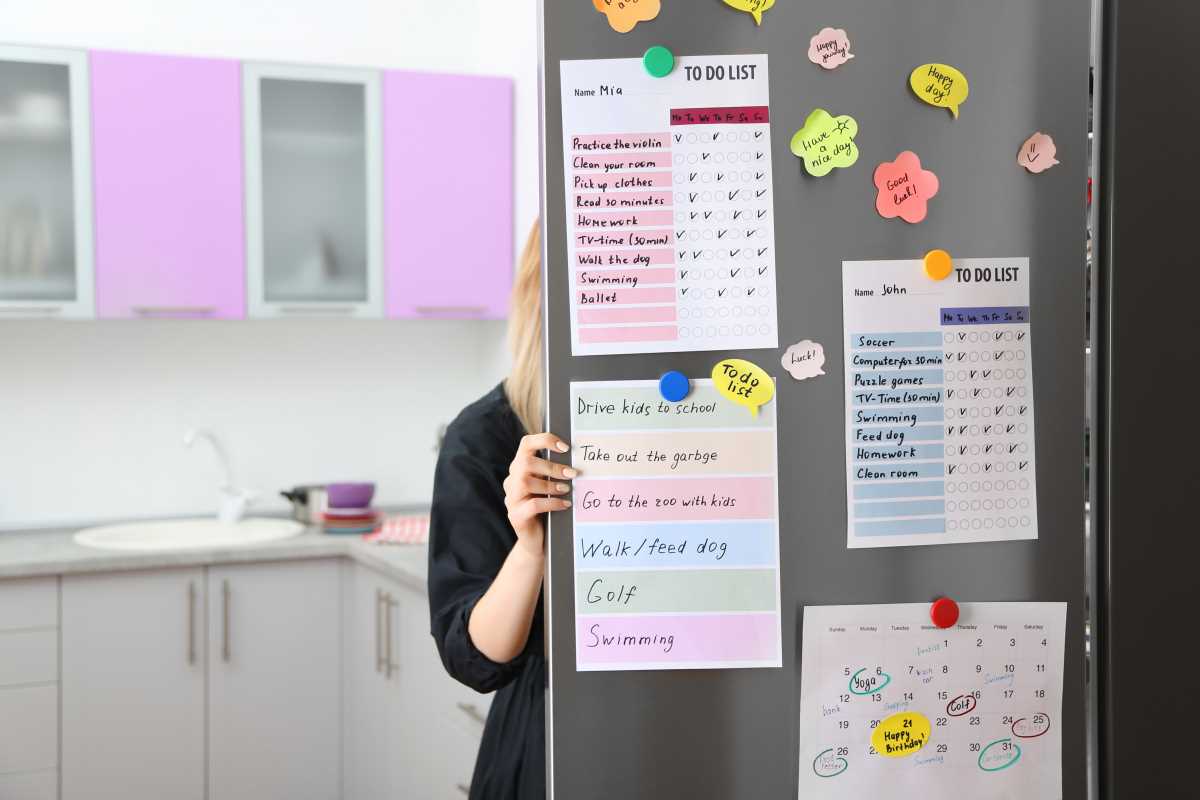The feeling of staring at a long, chaotic to-do list can be overwhelming. Instead of guiding you, an overcrowded list can leave you paralyzed, unsure where to begin. With every new task added, the sense of achievement can fade, replaced by stress and procrastination. A cluttered to-do list doesn’t just sap productivity—it can also drain your energy and focus. That’s why simplifying your to-do list is essential. By decluttering, you can regain control, prioritize effectively, and create room for real progress. This is how you can refresh your approach to task management in three straightforward steps.
Step 1: Prioritize with Purpose
The first step in decluttering your to-do list is learning how to prioritize effectively. Often, our lists become unwieldy because we treat every task as equally important. This mindset leads to wasted time on low-impact activities, leaving the truly important tasks unfinished.
Start by asking yourself what truly needs to be accomplished today, this week, or this month. Focus on what adds the most value, whether it’s completing a key project at work or handling a pressing personal commitment. Tasks that don’t fit into these categories can either wait, be delegated, or be eliminated entirely.
One common approach to prioritization is using the “urgent vs. important” framework. This involves evaluating tasks based on two dimensions: their time sensitivity and their contribution to your long-term goals. Urgent tasks may require immediate action, but their importance should dictate the amount of time you dedicate to them. By focusing your efforts on what’s both urgent and important, you’ll declutter your list without neglecting key responsibilities.
The act of prioritizing isn’t just practical; it’s empowering. By narrowing your focus, you’ll start each day with a clear sense of direction rather than drowning in a sea of to-dos.
Step 2: Break Down Big Tasks into Manageable Parts
A major reason to-do lists feel overwhelming is the presence of large tasks that lack clarity. “Start the new project” or “Organize the house” are the kinds of vague items that linger on lists for weeks, if not months. These broad tasks often discourage action because they’re too abstract to tackle directly.
To overcome this, break down large tasks into smaller, actionable steps. Instead of writing “Start the new project,” you might write, “Schedule a team meeting to discuss the project scope” or “Outline the project plan.” From there, each small action leads naturally into the next, and before you know it, progress is underway.
By making tasks specific and measurable, you give yourself easy wins that build momentum. It’s far easier to stay motivated when your list is populated with clear, achievable actions. Plus, crossing off several smaller tasks can feel more rewarding than waiting days or weeks to check off one massive one.
Breaking tasks into parts doesn’t just reduce the mental barrier to starting; it also helps you manage your time more effectively. When you know exactly what step comes next, you’re less likely to get sidetracked or stuck in indecision.
Step 3: Regularly Review and Refine Your List
Even the most carefully curated to-do list requires ongoing maintenance. New tasks arrive, priorities shift, and what felt important yesterday may no longer hold the same weight. That’s why it’s essential to build a habit of reviewing and refining your list regularly.
At the start of each day, take five minutes to assess your list. Identify what still requires attention, what can be put on hold, and what no longer serves your goals. Be ruthless about removing tasks that don’t align with your priorities. Remember, a shorter, focused list is far more effective than a long one filled with distractions.
Weekly and monthly reviews can also help you maintain a big-picture perspective. Use these moments to reflect on what’s working and adjust your approach as needed. Are certain types of tasks consistently slipping through the cracks? Do new priorities demand a reshuffling of your plans? By addressing these questions regularly, you’ll prevent your list from becoming cluttered again.
Refining your list also offers an opportunity to celebrate your progress. Too often, we complete tasks and immediately move on to the next item without taking a moment to acknowledge our accomplishments. Taking a moment to recognize what you’ve achieved can provide a morale boost and reinforce the value of your efforts.
Clear the Clutter and Stay in Control
A cluttered to-do list can feel like a roadblock, but with the right approach, it can become a powerful tool for productivity and peace of mind. By prioritizing purposefully, breaking tasks into manageable steps, and reviewing your list regularly, you’ll transform an overwhelming jumble of demands into an organized path forward.
Decluttering your to-do list isn’t just about crossing off tasks; it’s about creating space for the things that matter most. When your list aligns with your goals and energy, you’ll find it easier to stay focused, energized, and in control of your day. With these steps, you’ll not only clear the clutter but also take charge of your productivity in a way that feels calm and sustainable.
 (Image via
(Image via





